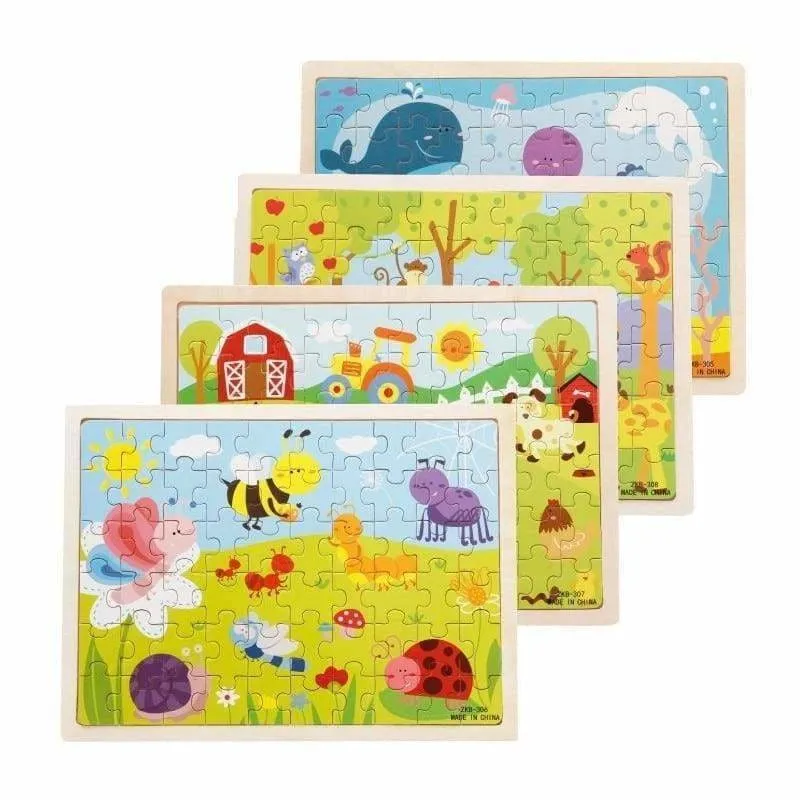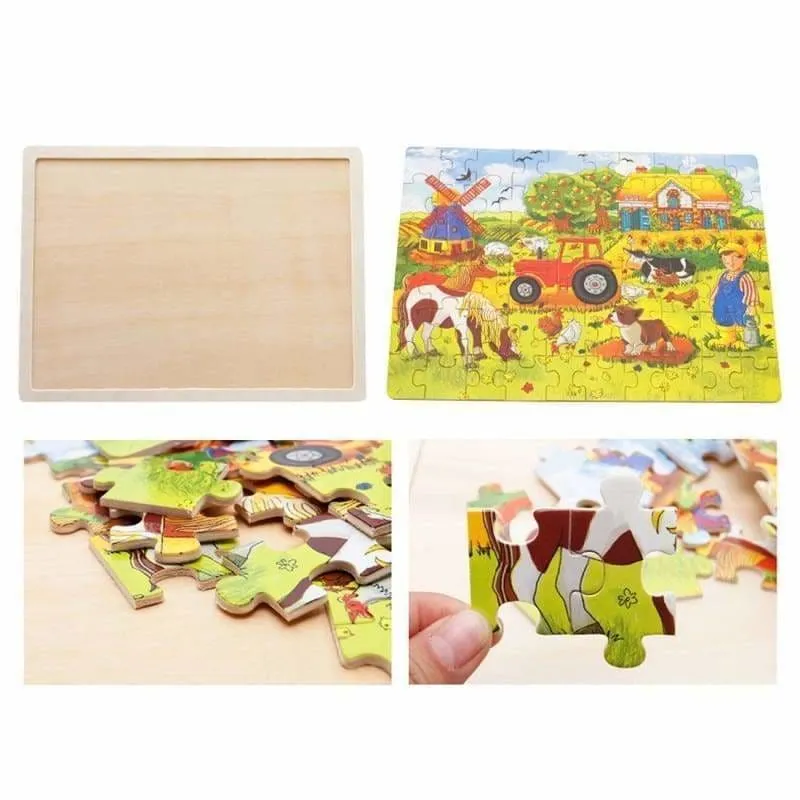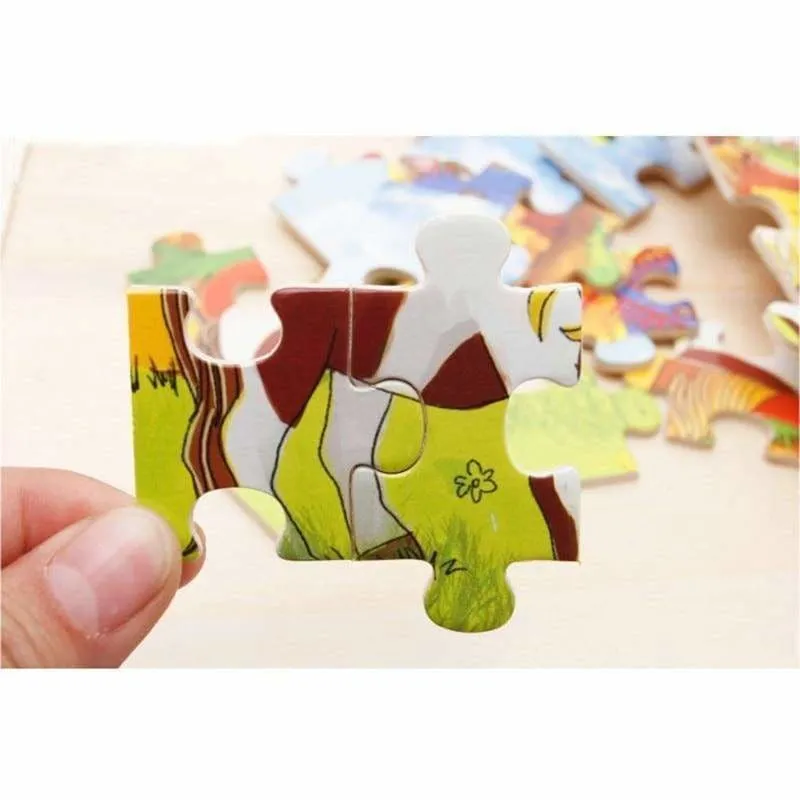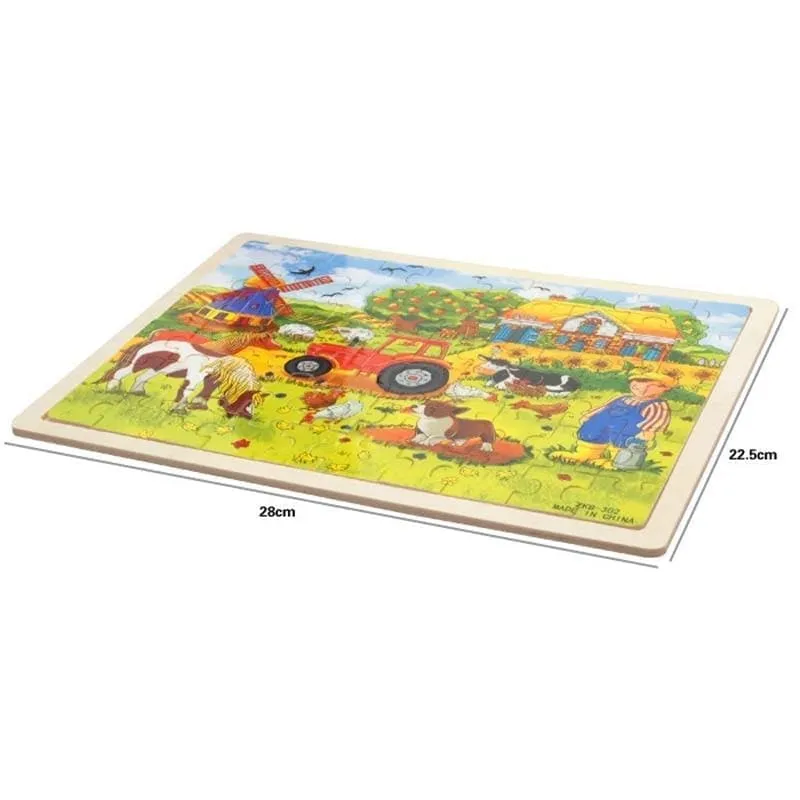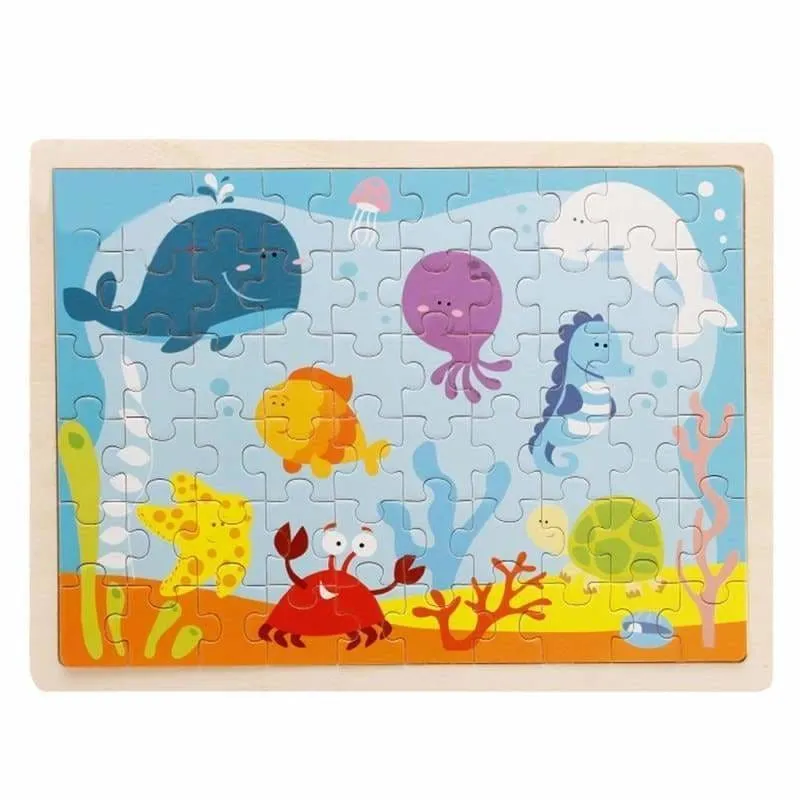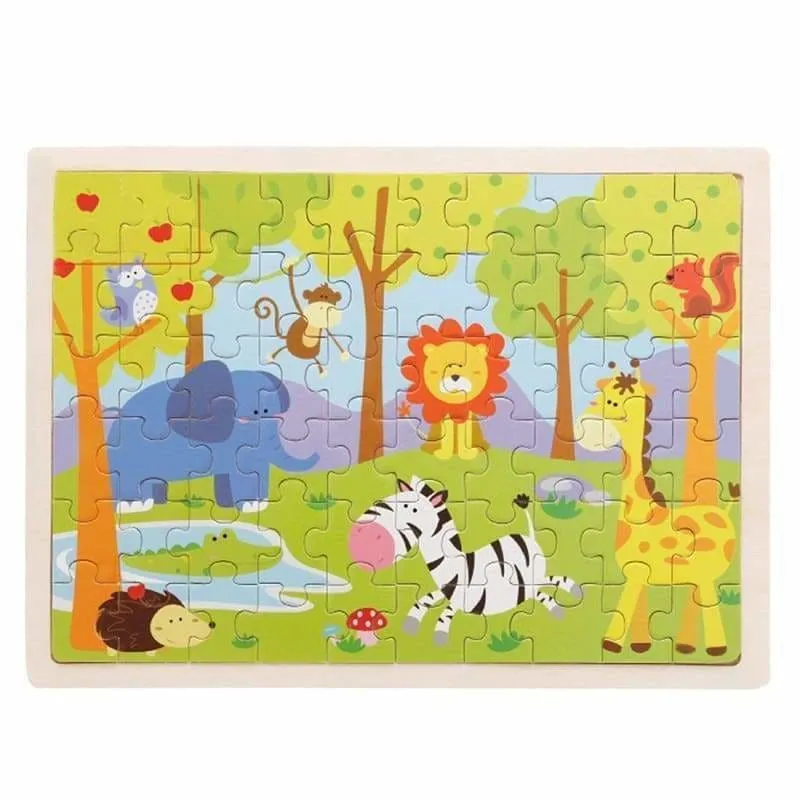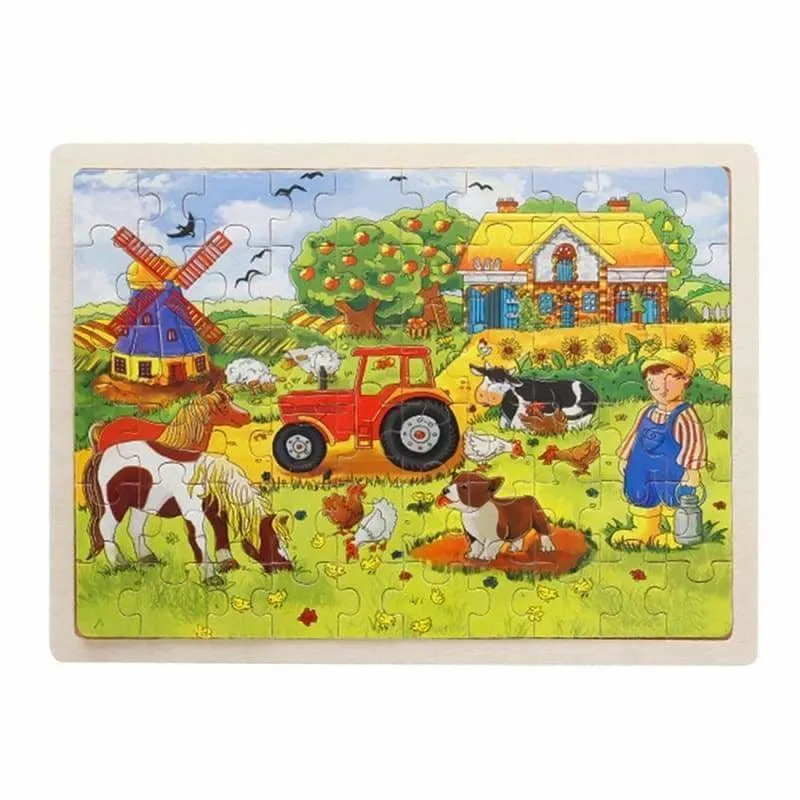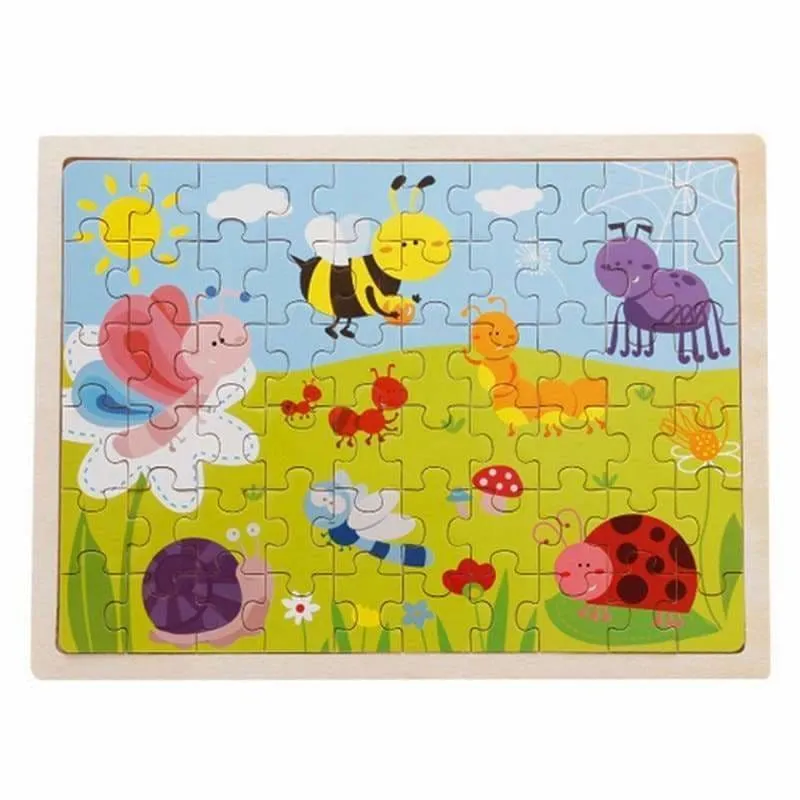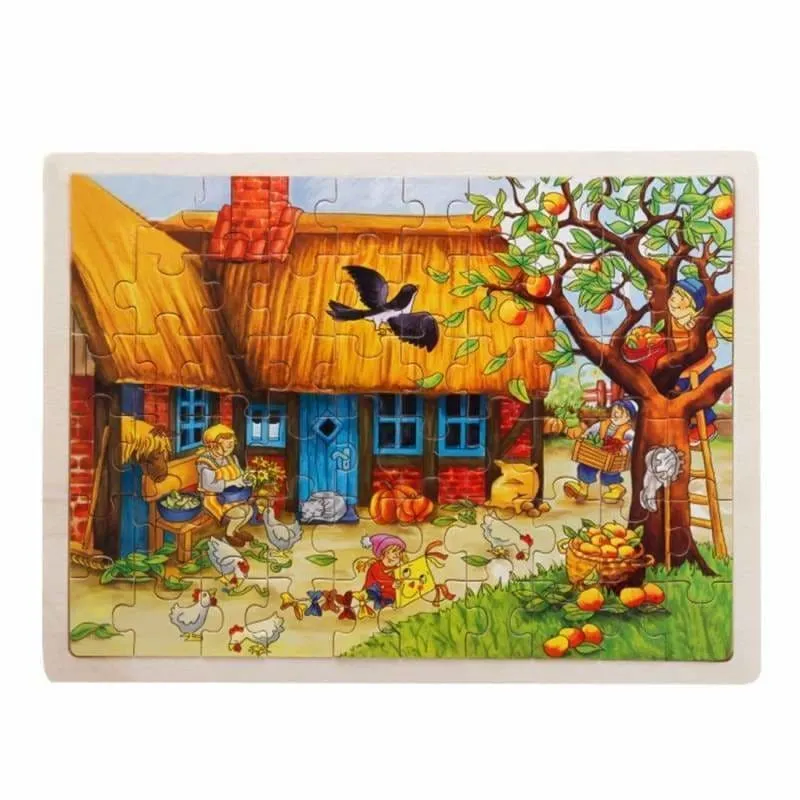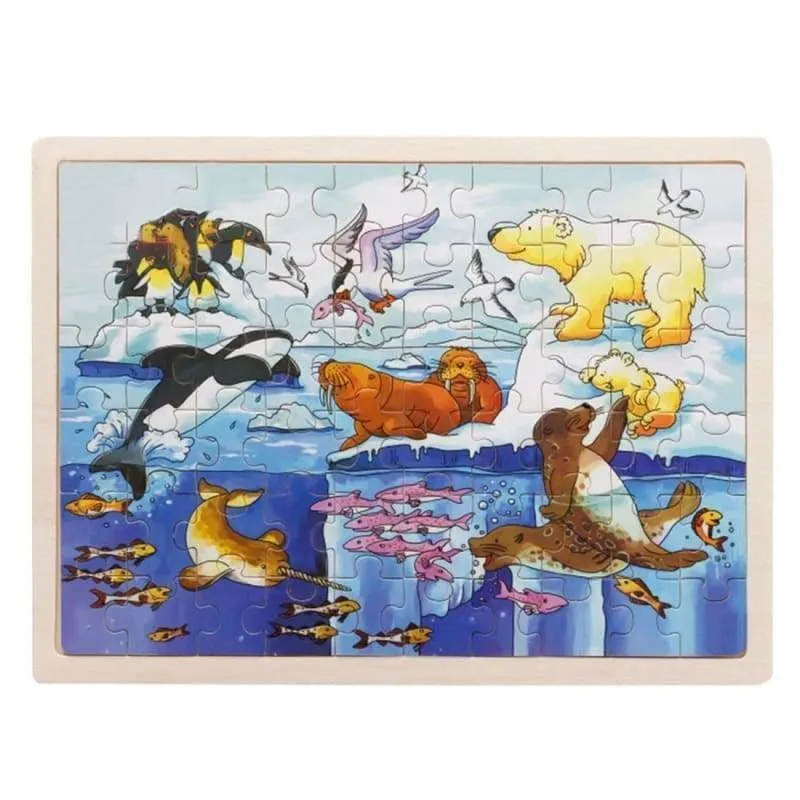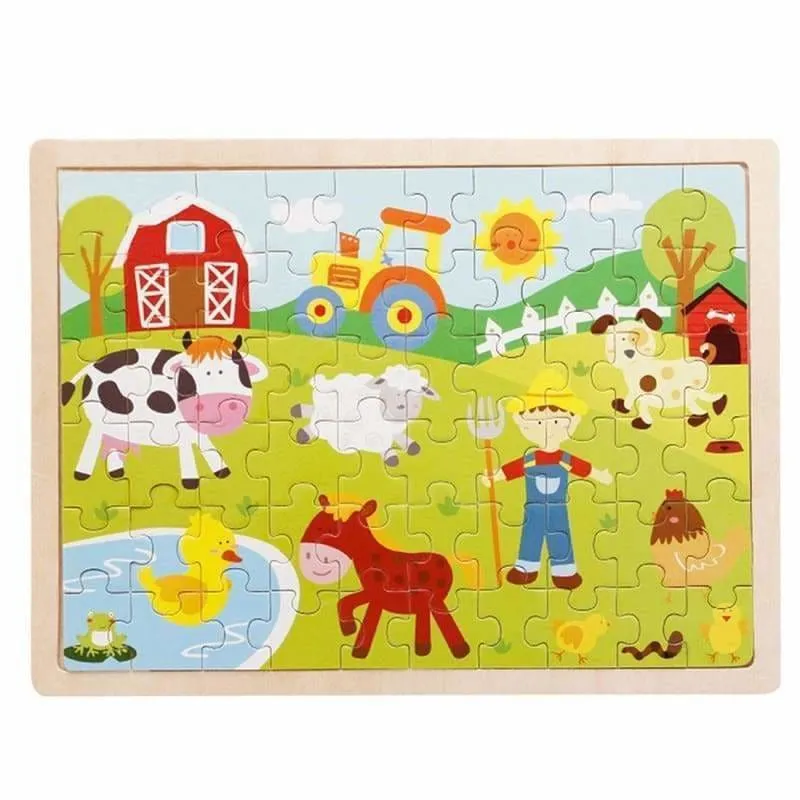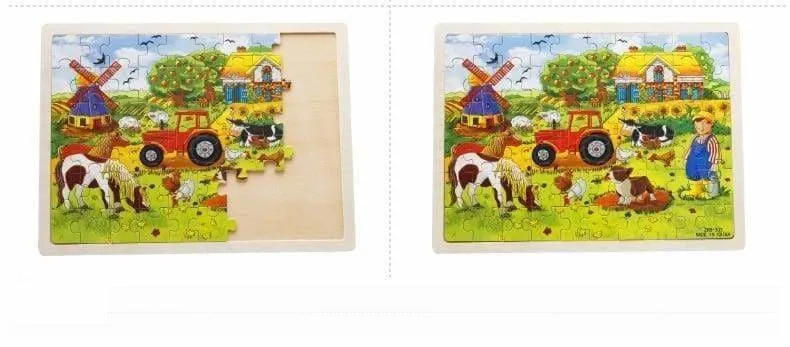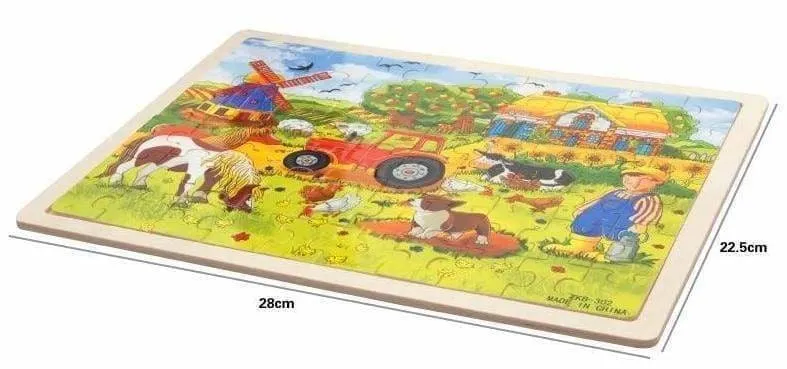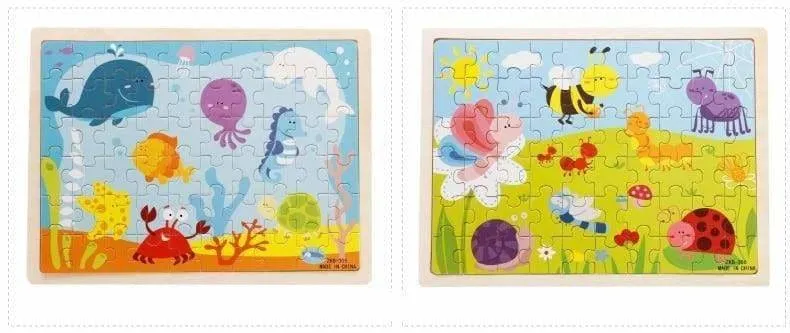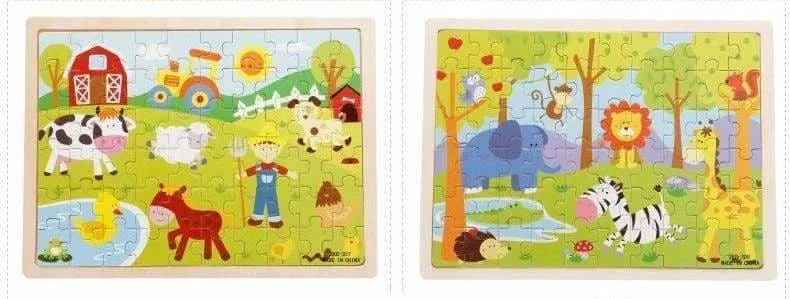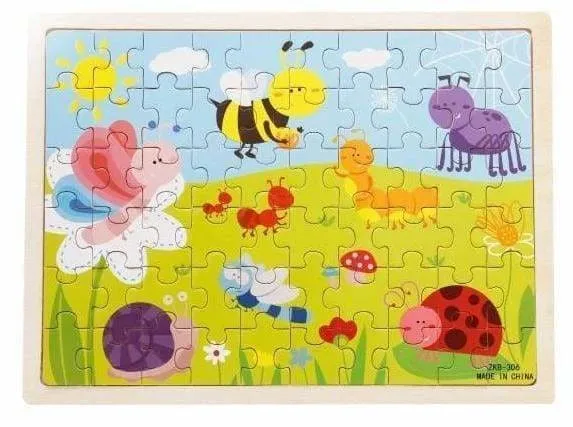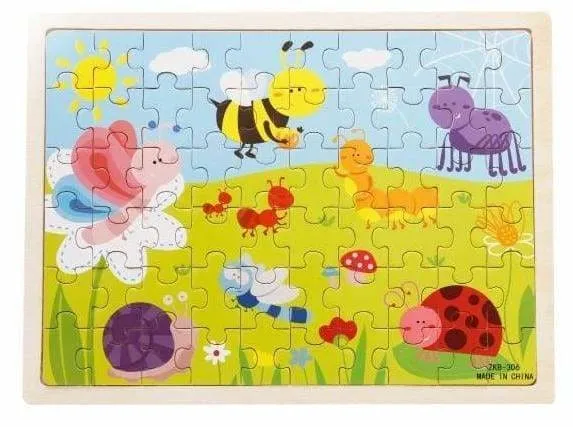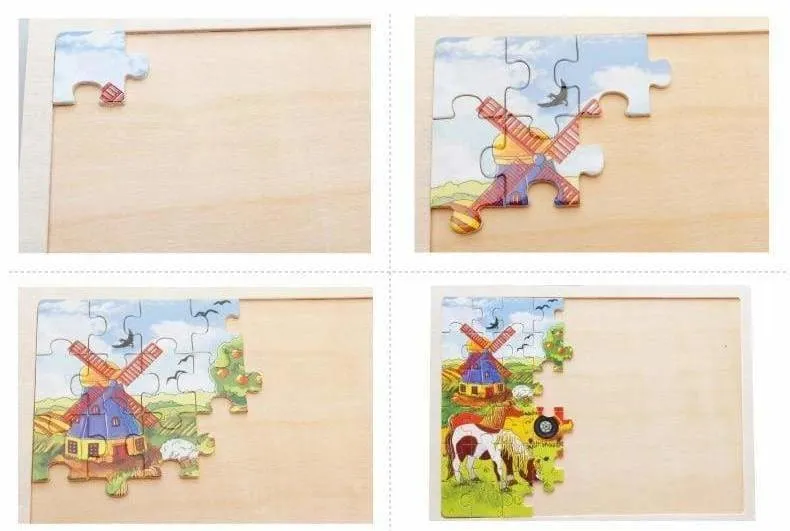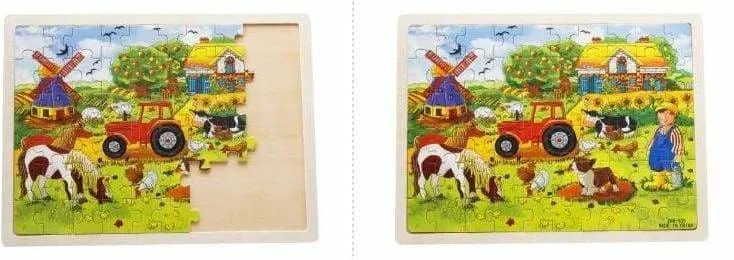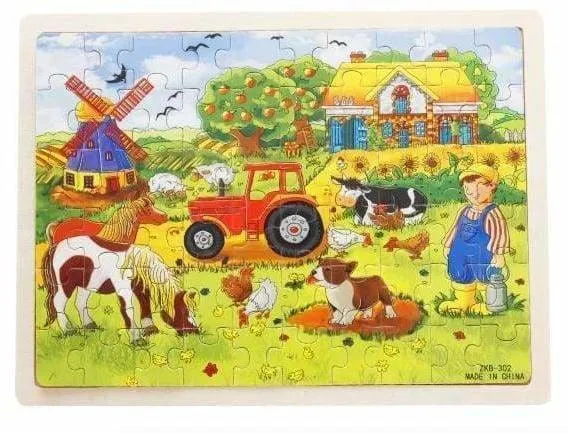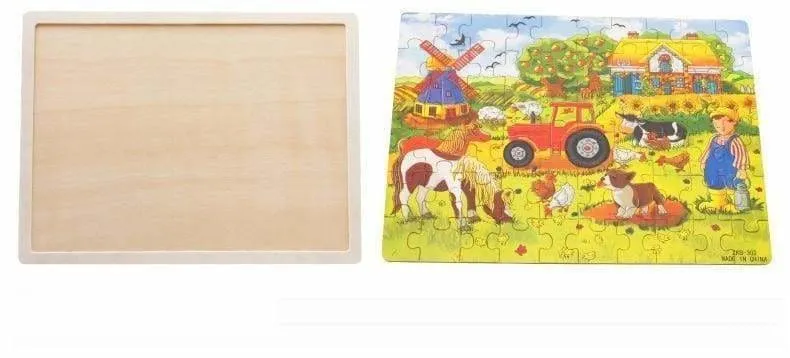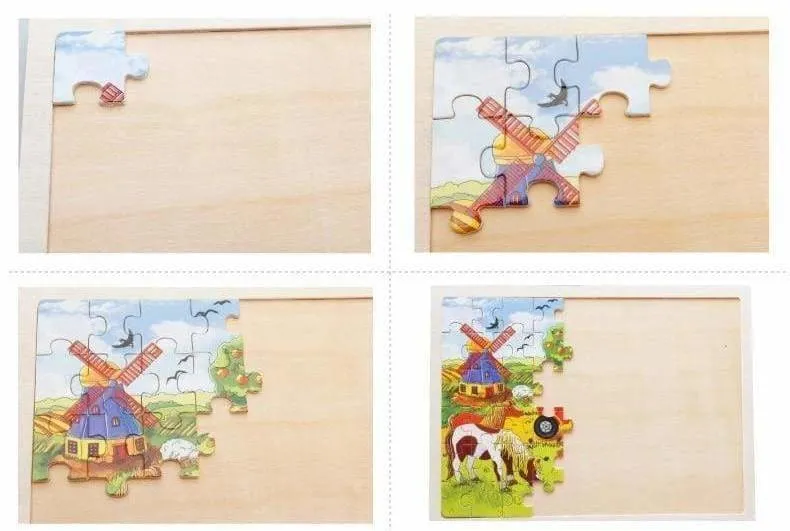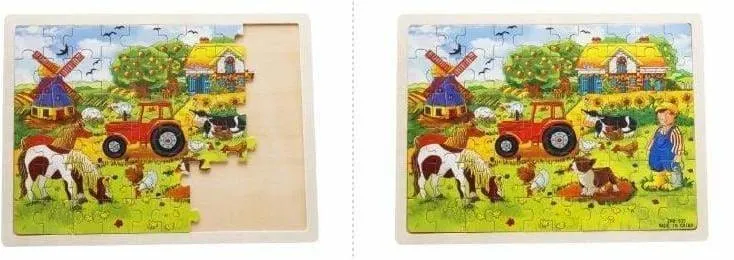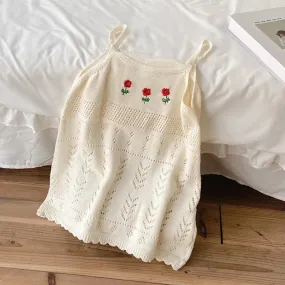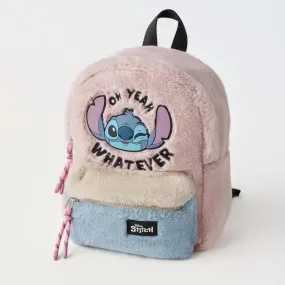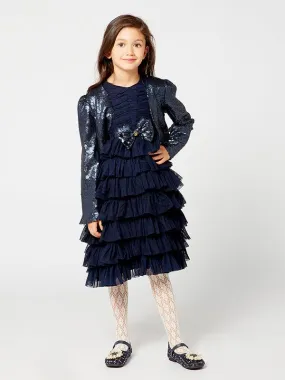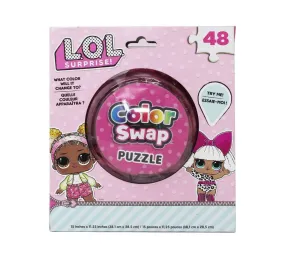🔥🔥 93% OF CUSTOMERS BUY 3 OR MORE 🔥🔥
Wooden Jigsaw Puzzle !!!
Features:
High quality wood polished smooth, not hurt the skin; Size:28*22*0.5cm
Pretty colors and various cartoon patterns can make your baby love it very much.
Aims at training kids imagination, eye-hand coordination and color & shape recognition
Perfect for a baby brain teaser
Provides hours of endless play
Great toys for your baby ages 3 and up
Warning: DO NOT EAT
Just click the "Add To Cart" Button Below! There's very limited stock, and they will go soon!
Note: Due to High Demand Promotional Items May Take Up To 2-4 weeks for delivery.
WE SUPPORT AN AMAZING CAUSE
We're thrilled to support Nanhi Pari Foundation is a Girl Child Right Organization which works for Education, Health & Nutrition for Girl Child.
Best Buy Deal'S 7-POINT HAPPINESS CHECKLIST
1. FREE Shipping Worldwide on special offers.
2. Fast, Sure & Safe delivery.
3. Safe Payments via PayPal® and 2Checkout®.
4. 30 Day Money Back Guarantee.
5. Real humans on our support help-desk!
6.Tracking number for every order.
7. We use encrypted SSL certificates for 100% security.
Fun Facts about Jigsaw Puzzles!
1. It was believed that in 1767, Mr John Spilsbury, an English cartographer, made the very first jigsaw puzzle when he mounted a map on a sheet of hardwood and cut it using a saw. He challenged the public to reassemble it. It then became a popular educational tool.
2. Back then, jigsaw puzzles were known as “dissected puzzles” or “dissections”. The word “jigsaw” was said to have derived from the jigsaw which was invented in 1909 and used to cut the puzzle into pieces, which lead to the new name “Jigsaw Puzzle”.
3. Jigsaw puzzles were quite challenging back then, as there were no guide pictures on the boxes! If the titles were vague, the pictures would remain a mystery until the last pieces were fitted together.
Health Benefits of Playing with Jigsaw Puzzles!
1. Jigsaw puzzles make your entire brain work. The left side of the brain, our analytical side, works to logically sort the pieces while the right side of the brain, our creative side, serves to see the finished product and works intuitively.
2. Successfully piecing a puzzle together, even just placing one piece successfully, encourages the production of dopamine, a brain chemical that improves learning and memory, and maintains healthy brains.
3. Playing with jigsaw puzzles helps to enhance mental and intellectual growth in young children, and also improves hand-eye coordination.
4. Several large scale studies (the most notable being the MacArthur Study) found that people who play with jigsaw puzzles have a better quality of life and have longer life expectancy.
5. Playing with jigsaw puzzles also reduces the chances of developing mental illness like memory loss, dementia, and Alzheimer’s disease.
6. Jigsaw puzzles are easy on the eyes, as there is no backlight and no glare that slowly wears down your vision, as opposed to today’s internet, video games and television.
7. Assembling jigsaw puzzles helps to clear your mind and relax. You will feel delight as you see the puzzle getting closer and closer to completion with every piece you piece together. Not to mention, the sense of achievement and satisfaction when you complete your jigsaw puzzle!





